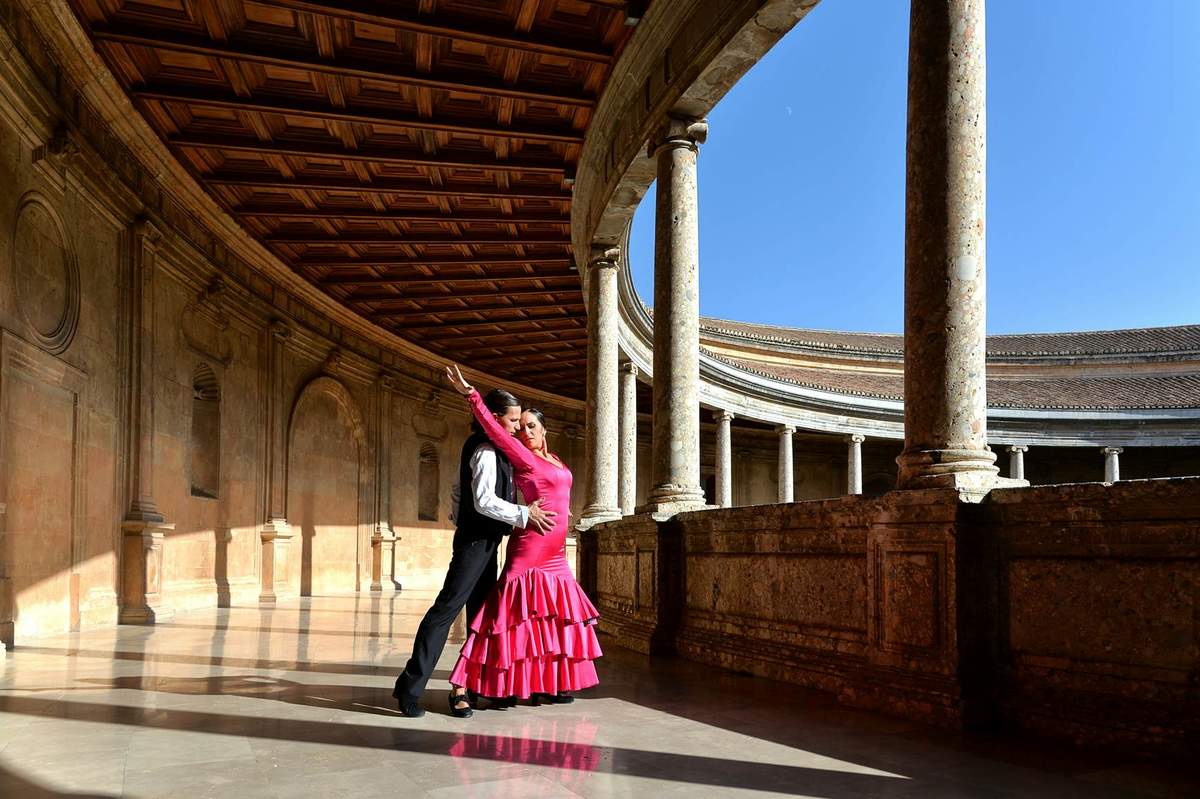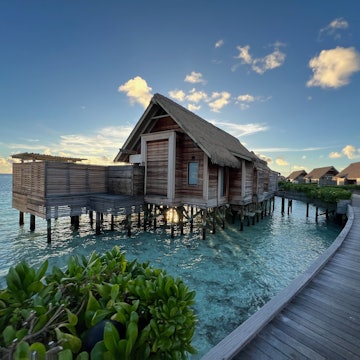
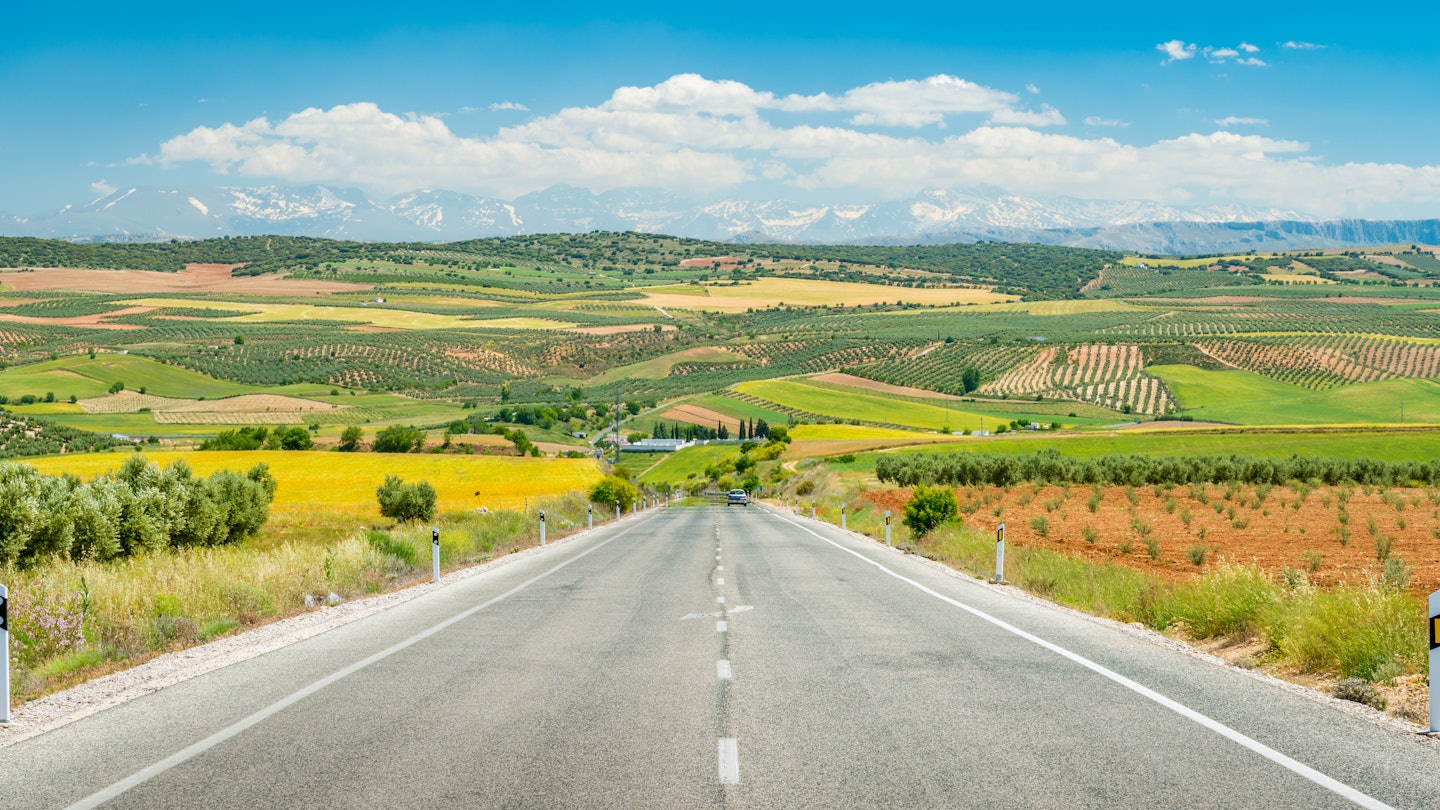
These road trips cover the best of Spain, from the coast of Catalonia to the mountains of Andalucía. essevu/Shutterstock
Taking a road trip is one of the best ways to explore Spain’s world-famous natural scenery and cultural heritage, while savoring its acclaimed cuisine at every pit stop.
You can count on passing medieval castles and ancient cities, charming seaside towns, towering mountain ranges and coastlines that stretch for miles. In between the memorable monuments, Spain’s pueblos (villages) offer the chance to recharge with traditional tapas (small plates) and excellent wine.
Get into gear with these seven outstanding driving routes, which will offer you some of the best sights and cultural experiences of Spain.

1. Castilla y León
Best road trip for medieval castles, churches, and charming towns
Start/Finish: Madrid – Salamanca
Approximate distance: 265km (165 miles); allow 2 days
This itinerary through central Spain takes you across plateaus with the dramatic backdrop of the Sierra de Guadarrama mountain range and into some of Spain’s most fascinating historic towns in the Castilla y León region. Travel back in time and explore walled medieval cities, fortified castles, Gothic cathedrals and UNESCO World Heritage sites.
Just over an hour away from Madrid, your starting point, lies Segovia, famous for its magnificent Roman aqueduct, Gothic cathedral and the 12th-century Alcázar of Segovia castle.
The next stop is the medieval-era walled town of Ávila, “the town of stones and saints,” known for having the most Gothic and Romanesque churches in Spain (and that’s saying something!). Spend a day walking its cobblestone streets and visiting the El Salvador Cathedral, San Vicente Basilica and the Convent/Museum of St Teresa, perhaps the town’s most famous native.
End your road trip in the charming university town of Salamanca, called “La Cuidad de Oro” (Golden City), as its honey-colored sandstone walls glow with infinite golden hues in the late afternoon light.
Local tip: Castilla y León is hot and sunny in summer – but winters can get cold. The climate is relatively dry, even in the cold months, which means it doesn’t snow very often – but temperatures can drop below zero overnight. Pack for proper winter weather.
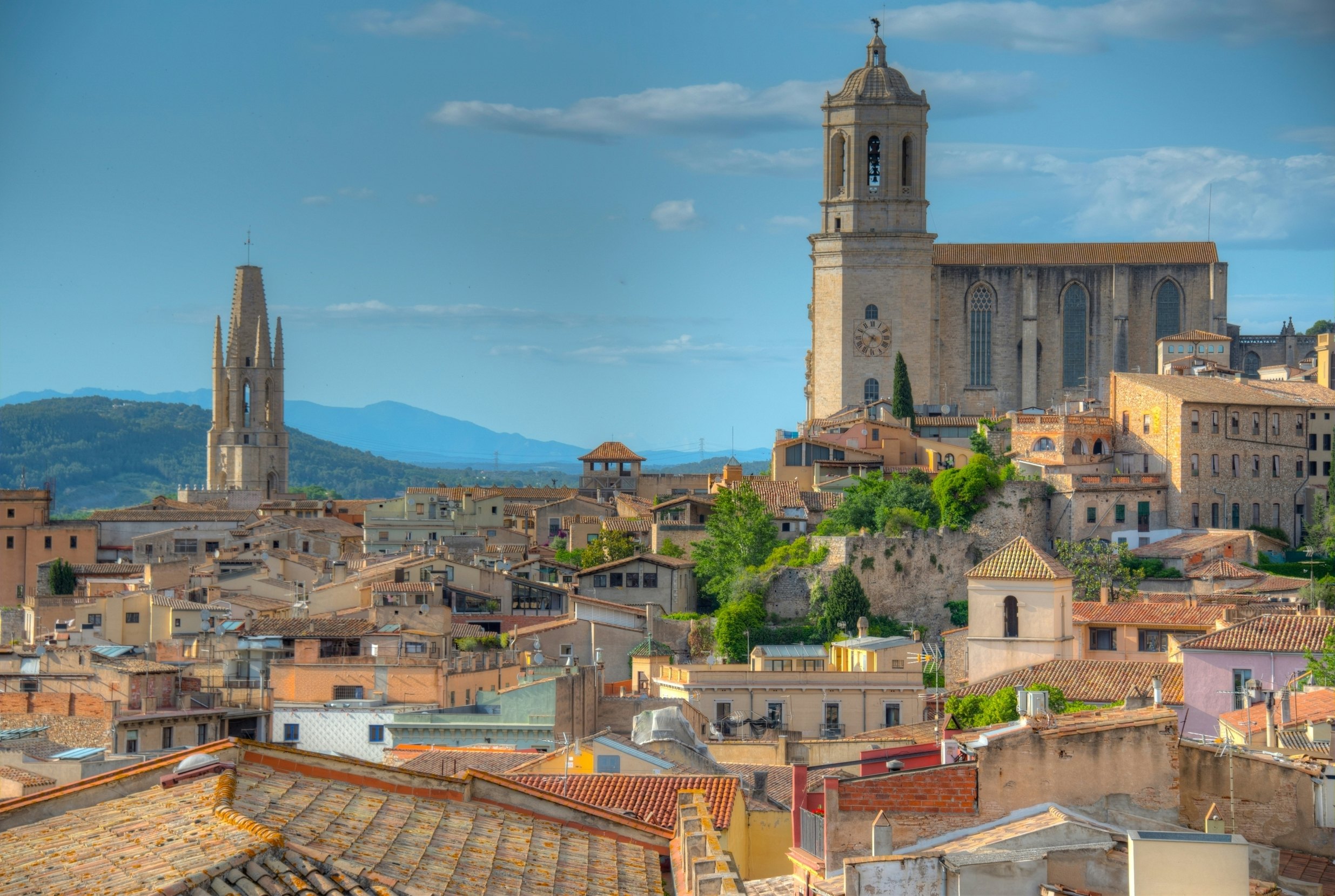
2. Costa Brava
Best road trip for Catalonian history, coastlines – and Dalí’s world
Start/Finish: Barcelona – Cadaqués
Approximate distance: 246km (153 miles); allow 3-4 days
Spain is blessed with over 3000 miles of coastline, and one of its most spectacular stretches is the Costa Brava, along the Mediterranean on the northeastern coast of Catalonia. This drive will reward you with sunlit beaches, historic cities, and picturesque fishing villages that inspired the region’s most famous artist, Salvador Dalí.
Starting in Barcelona, take the GI-682 road from Tossa de Mar to Sant Feliu de Guíxols, where there are designated viewpoints to stop and gawk at the spectacular scenery. Detour from the coastline for a pit stop at the ancient city of Girona to take in its iconic cathedral (which has one of the widest Gothic naves in the world), and the archaeological treasures at Banys Àrabs (Arab Baths).
Art lovers will not want to miss the famous “Dalinian Triangle” (formed by the municipalities of Figueres, Portlligat and Púbol), where you can immerse yourself in Salvador Dalí's outlandish world by visiting his former residences.
The road trip ends at the quaint seaside town of Cadaqués on the bay of the Cap de Creus peninsula. This was a favorite summer playground of iconic artists and writers, including Dalí, Pablo Picasso, Daphne Guinness, Man Ray, Frederico Garcia Lorca, Melina Mercouri and Marcel Duchamp, among many others.
Planning tip: Girona’s El Celler de Can Roca of the famed Roca brothers, named the world’s best restaurant numerous times over the years, which takes bookings up to a year ahead. For something more casual (and without the year-long waiting list), Restaurant Normal is a great alternative serving traditional Catalan cuisine.
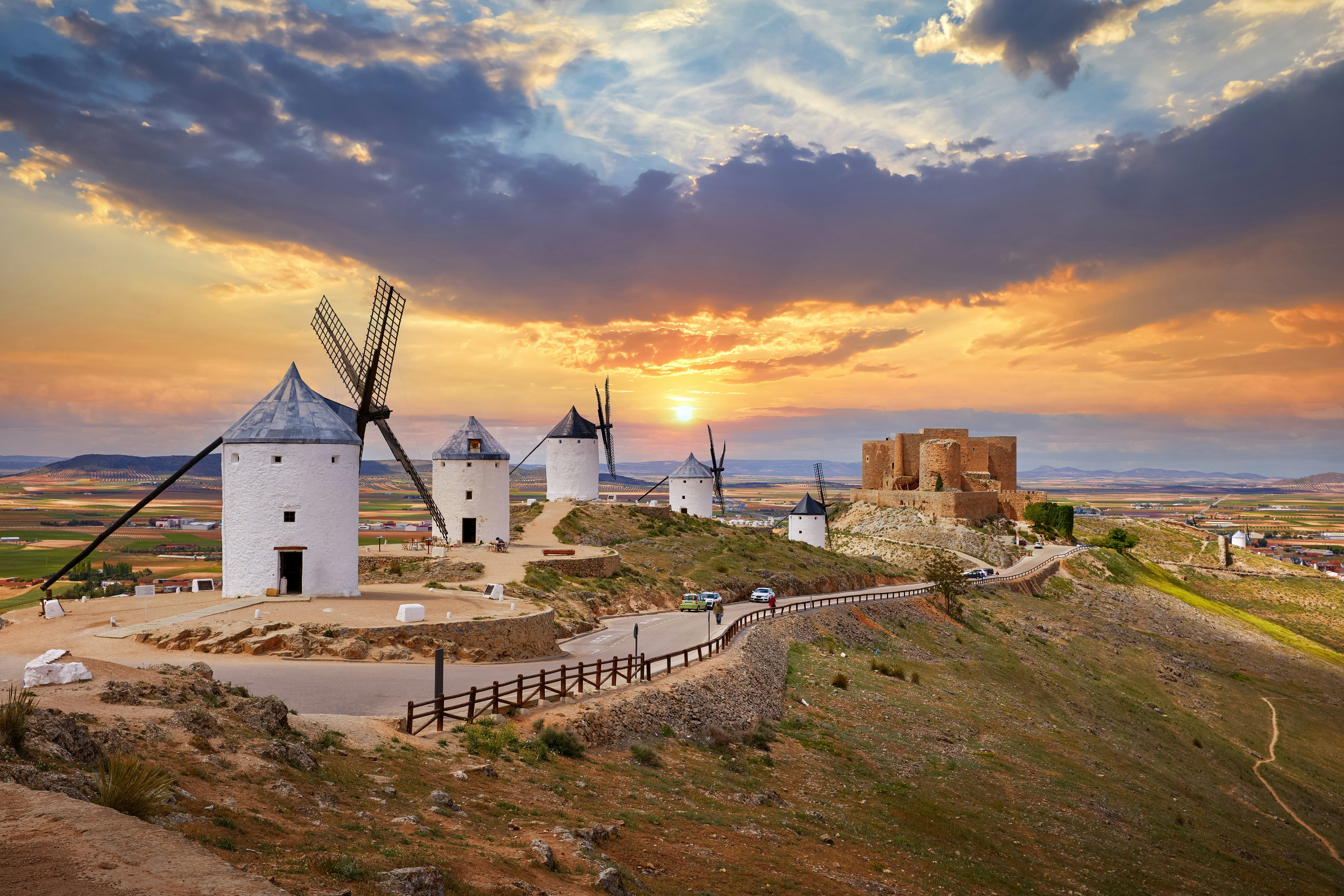
3. Castilla-La Mancha
Best road trip to see windmills, castles, and historic cities in the Spanish heartland
Start/Finish: Madrid-Cuenca
Approximate distance: 280 km (175 miles); allow 3-4 days
The windmills, castles, and rolling countryside of Castilla-La Mancha have been an inspirational backdrop for Cervantes’ epic novel, Don Quijote – this road trip packed with cultural attractions is ideal for those with a limited number of days.
Starting from Madrid, take an hour’s drive to Toledo. Known as the “Capital of Three Cultures” for its Moorish, Christian and Jewish heritage, this 2200 year old imperial city was Spain’s former capital until 1561. Spend a day exploring its narrow cobblestone streets, its illustrious Cathedral and the Museo del Greco, which displays an impressive collection of El Greco’s paintings.
Drive southeast to the small town of Consuegra, whose twelve windmills stand as its iconic landmarks. These molinos atop the Cerro Calderico ridge tower over the plains of La Mancha, like the giants in Don Quijote’s imagination. Standing among these sentinels is the 11th century Consuegra Castle, gifted to the Knights Hospitallers by Alfonso VIII.
Driving northeast for about two hours will get you to the enthralling World Heritage city of Cuenca, whose historic center is built on the rim of a steep precipice on the mouth of the river gorges of the Río Huécar and Río Júcar. Its most famous landmark, the Casas Colgadas (“Hung Houses”) teeter on the brink of the ravine. It’s worth spending two days here to wander its maze-like streets, vertiginous views from the Puente de San Pablo footbridge connecting two sides of the ravine, and the abstract art museums that the city is known for.
Detour: If time permits, a half hour’s drive away from Cuenca rewards you with Ciudad Encantada natural park, a prehistoric fever-dream featuring massive dolomite rock formations dating to the Cretaceous epoch.

4. Andalucía
Best road trip for exploring Spain’s Moorish past
Start/Finish: Malaga– Seville
Approximate distance: 471km (293 miles), allow 5 days
Southern Andalucía is the only European region that has both Mediterranean and Atlantic coastlines, linked by the Strait of Gibraltar. A drive through this fascinating region takes you along the justly popular Costa del Sol.
Start in the sunlit coastal city of Málaga, and enjoy stunning views of the Sierra Nevada mountains. Head inland for the white hill villages and enchanting cities of Granada and Córdoba, where the imprint of the Muslim dynasties that ruled Spain until the 15th century is palpable.
No visit to Granada is complete without stopping at the Alhambra, the ancient palace and citadel of the Nasrid Dynasty, which gloriously blends Moorish and Christian decorative styles. The same entrance ticket will get you into the nearby Palacio de Generalife, a summer palace for the Nasrid sultans.
Córdoba is a captivating city that is home to the La Mezquita–Catedral de Córdoba (the Córdoba Mosque), its shining jewel which, alongside the Alhambra, represents the apex of Islamic architecture in Spain.
A 90-minute drive from Córdoba, the Andalusian capital of Seville offers an idiosyncratic and dreamy mix of horse-drawn carriages, citrus trees, a colossal Gothic cathedral, Mudéjar (Moorish) architecture and flamenco tablaos (flamenco performances).

5. Northern Spain
Best road trip for greenery and cuisine along Spain’s Atlantic coast
Start/Finish: San Sebastián – Santiago de Compostela
Approximate distance: 750km (466 miles); allow 6–7 days
As the north of Spain sees more rainfall than the rest of the country, its landscapes are naturally greener and lusher. On the road, you’ll be treated to a visual feast of verdant hillsides, snow-capped mountain peaks and Atlantic Ocean views. This itinerary takes you across four autonomous communities of Spain, departing from the Basque Country, crossing Cantabria and Asturias, then ending in Galicia.
A great jumping-off point is the gastronomic coastal city of San Sebastián, which has the greatest concentration of Michelin-starred restaurants per square meter in Europe. Spend a day or two here to explore the city’s Parte Vieja (Old Quarter), and savor the endless array of pintxos (appetizers) that tempt you at every turn.
Not too far away is the Basque islet of San Juan de Gaztelugatxe, which has become world-famous as the filming location for Dragonstone in Game of Thrones. This breathtaking rocky precipice juts out into the Bay of Biscay, and is connected to the mainland by a long, winding stone staircase. Crowning the islet is a small chapel with a bell at its facade: tradition calls for visitors to ring the bell three times and make a wish.
Stretch out your legs on the spectacular golden sand beach, Playa del Sardinero, in the port town and Cantabrian capital of Santander. The whimsical oceanfront Magdalena Palace was built in the early 1900s as a summer residence for the royal family.
You’ll enjoy dramatic views of the Picos de Europa mountain range as you drive onward into Asturias. Stop by Oviedo to explore the charming old town and try the traditional fabada asturiana bean stew. Finally, join pilgrims from all over the world at Santiago de Compostela, the final destination of the thousand-year-old pilgrimage of the Camino de Santiago (Way of St James), where you could visit the Basilica of Santiago de Compostela, the reputed final resting place of St James the Apostle. Luckily, you won’t be tired from walking there.
Planning tip: Most car-rental firms will gladly throw in a silla infantil (car seat) for an additional cost. You should always book these in advance, especially around holidays like Christmas and Semana Santa (Holy Week), when finding a car to rent itself can be a challenge.
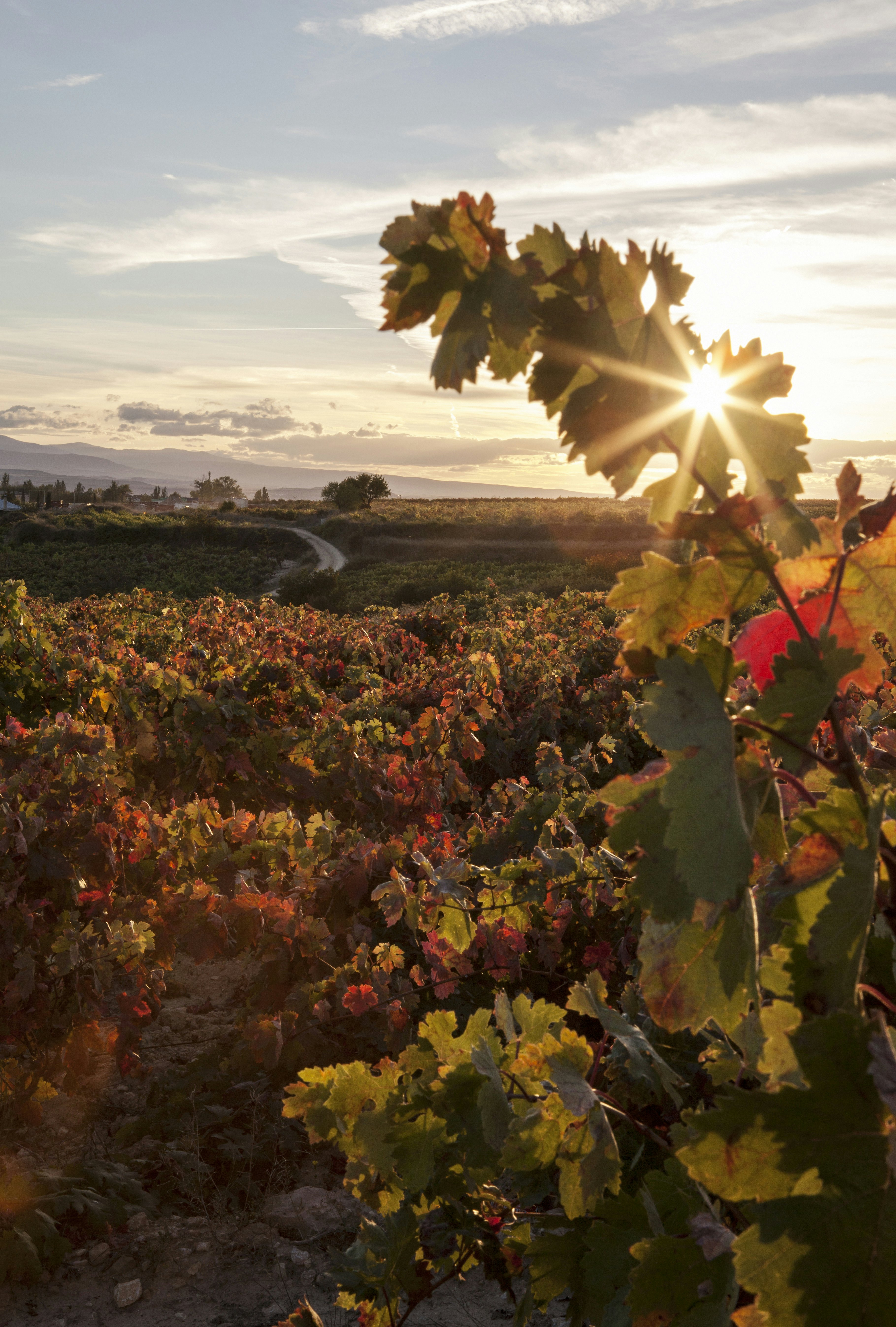
6. Wine country
Best road trip for visiting vineyards and historic wine cellars
Start/Finish: Logroño (La Rioja) to Peñafiel (Ribera del Duero);
Approximate distance: 330km (205 miles); allow 4-5 days
The best time to embark on this oenophile’s fantasy road trip is between May and October. To see the vineyards at their greenest, hit the road in the early summer months from May to June, while the arresting autumn colors start to appear by October. For those who wish to coincide their trip with the harvest season, September is an especially exciting time in wine country as wineries are abuzz with grape picking activities and inebriating harvest festivals.
A great starting point is Logroño in the La Rioja region, where you can’t miss a tapas crawl along the city’s most famous street, Calle Laurel, a narrow alley dotted with lively tapas bars and taverns where you can taste the region’s delicacies and sip copas of Rioja wine.
Head to the nearby village of Elciego to explore the Ciudad del Vino (City of Wine), a complex of wineries, including the Bodegas Marqués de Riscal, one of the oldest wineries in the region. The city is crowned by the Hotel Marqués de Riscal, the spellbinding architectural marvel in the Deconstructivist style designed by Frank Gehry.
Drive northwest to Haro, a historic wine town in Rioja Alta recognised as the cradle of Rioja, with a legacy of winemaking tracing back to the 19th century. Explore some of its most famous bodegas like La Rioja Alta S.A., and Bodegas Muga, which offers traditional winemaking tours and wine tastings.
Final stop, different wine region – Peñafiel in Ribera del Duero, a town steeped in winemaking tradition. Its showpiece is the 9th century Peñalfiel Castle, dramatically perched on a hilltop and home to the Provincial Wine Museum. While in Peñalfiel, you simply cannot miss a tour of the ancient wine cellars of the Bodegas Protos, which run along two kilometers of underground galleries beneath the mountain on which Peñafiel Castle sits.
Planning tip: For an experience that would leave an indelible mark in your memory, plan your trip around a wine festivals. Logroño is especially electrifying during the Fiesta de San Mateo – the Rioja Wine Harvest Festival – in mid September. The annual Haro Wine Festival is celebrated every June 29 on the Feast Day of Saint Peter, highlighted by the Batalla de Vino (Battle of Wine), where revelers flood the streets and douse each other in wine until they’re drenched in purple.
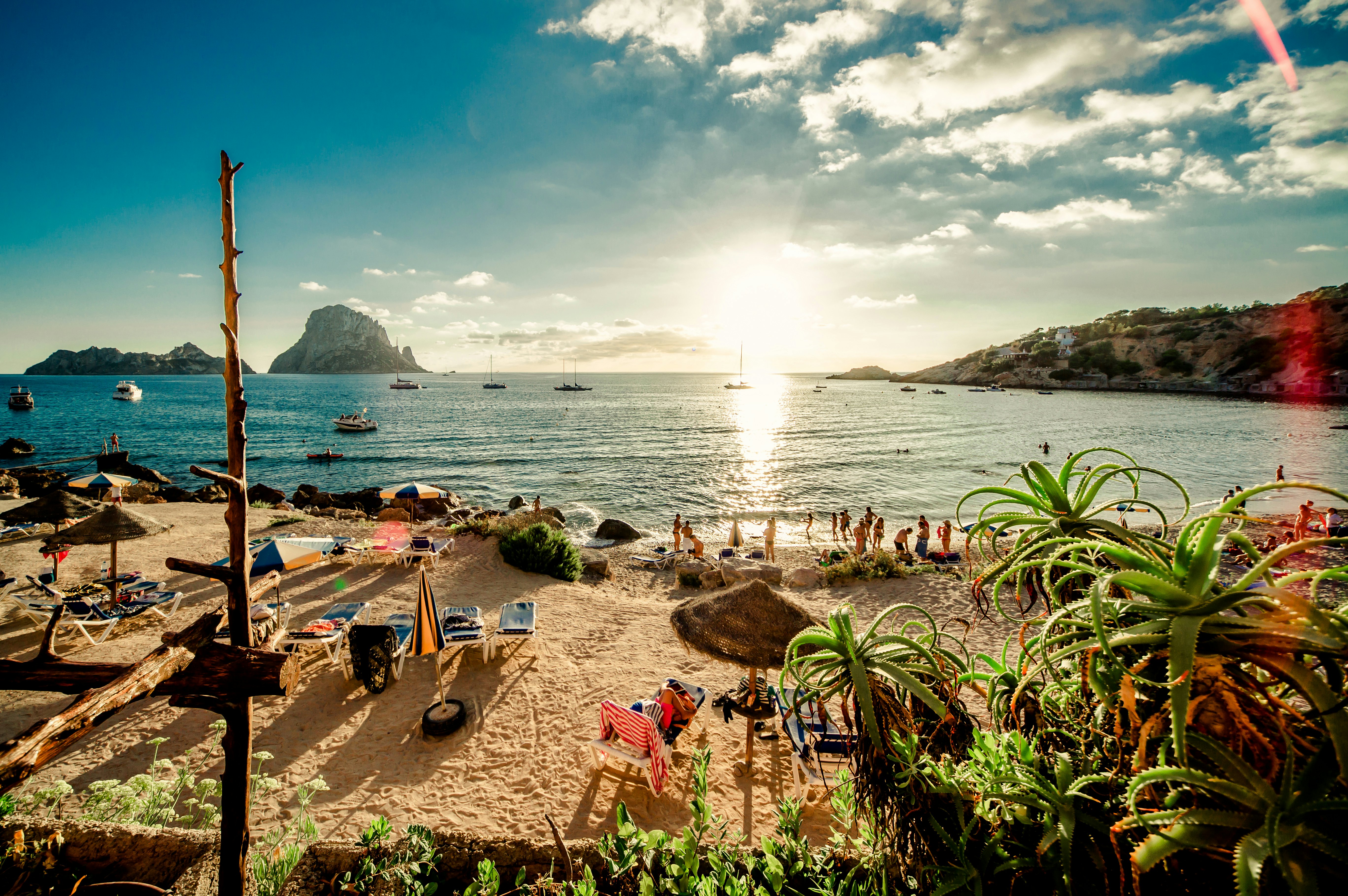
7. Ibiza
Best road trip for coves and beaches
Start/Finish: Ibiza Town – Cala d’Hort
Approximate distance: 35km (22 miles), allow 1–2 days
Renting a car in Ibiza is the best way to explore the island’s stunning calas (or coves): having your own wheels will save you both time and expensive taxi fares. While the island has a reputation as a 24/7 party destination, its timeless allure lies more in its natural attractions: think rugged cliffs, turquoise-colored waters and ancient archaeological sites.
Starting from Ibiza Town, drive over to Ses Salines beach at the southern tip of the island (only about 10 minutes away) to get a taste of glamorous beach life. It’s not uncommon to spot celebrities soaking up the sun or enjoying cocktails in one of the many beachside bars and restaurants.
A fascinating contrast awaits at Sa Caleta (Es Bol Nou), a more secluded beach tucked between rugged red cliffs. Take some time to hike up the ancient Phoenician civilization World Heritage site of Sa Caleta ruins, and pause for some fresh seafood at the cala’s restaurant, with its shady Mediterranean garden bar.
End your drive at Ibiza’s emblematic Cala d’Hort, featuring the mythical Es Vedrà island, which rises 382m (1253ft) from the glittering Mediterranean waters. Everything from UFOs to the Virgin Mary have reportedly been seen on this legendary island. While it’s a captivating sight at any time of the day, viewing it for the first time at sunset is a transcendent experience.
Local tip: The Balearic Islands, including Ibiza, are pushing forward long-term projects to transform tourism into a more sustainable and less seasonal industry. Check out Illes Sostenible and Ibiza Sostenible for information on ways you can get involved, from “plogging” to restoring corals.






